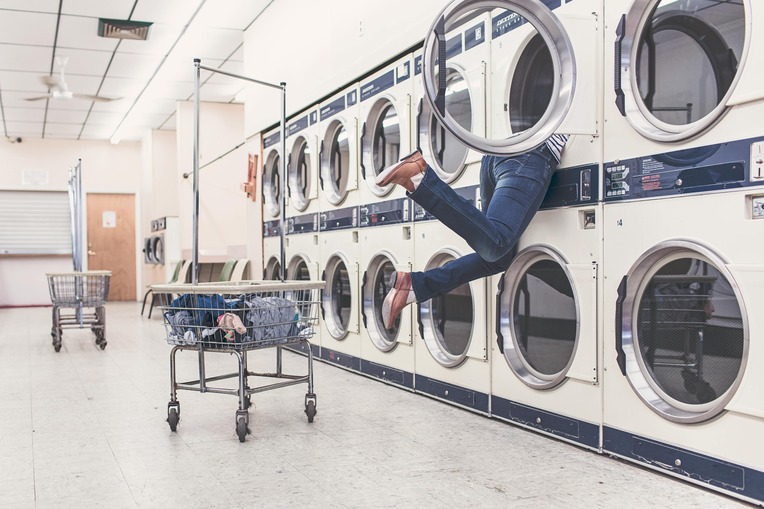Introduction to Pet Odor Removal
As pet owners, we cherish the companionship and joy our furry friends bring into our lives. However, one inevitable challenge we face is dealing with pet odors. These odors can permeate our homes, embedding themselves in carpets, furniture, and even walls. Effective pet odor removal is not just about masking the smell; it’s about eliminating it at its source. In this comprehensive guide, we delve into the best practices and methods for pet odor removal, ensuring your home remains fresh and welcoming.
Understanding the Source of Pet Odors
Common Causes of Pet Odors
Pet odors primarily originate from:
-
Urine and Feces: Accidents happen, and when they do, the smell can be pervasive.
-
Dander and Fur: Pet dander, which consists of tiny, even microscopic, flecks of skin shed by cats, dogs, rodents, birds and other animals with fur or feathers. These bits of skin can cause reactions in people who are specifically allergic to these triggers.
-
Saliva: Pets often lick themselves or their surroundings, leaving behind odor-causing bacteria.
-
Wet Fur: When pets get wet, their fur emits a distinctive, often unpleasant smell.
The Science Behind Pet Odor Removal
Pet odors are primarily caused by volatile organic compounds (VOCs) that are released into the air. These compounds are often resistant to regular cleaning methods, necessitating specialized solutions. Understanding the chemistry of these odors is crucial in effectively neutralizing them.
Effective Pet Odor Removal Techniques
Immediate Action for Pet Accidents
-
Blot, Don’t Rub: When dealing with fresh accidents, immediately blot the area with paper towels or a clean cloth to absorb as much liquid as possible. Avoid rubbing, as this can spread the stain and odor.
-
Use Enzymatic Cleaners: Enzymatic cleaners are specifically designed to break down the proteins in urine and feces, effectively neutralizing the odor at its source.
Deep Cleaning Solutions
-
Carpet Cleaning: For carpets, a deep clean using a steam cleaner can help lift and remove entrenched odors. Consider using a carpet shampoo specifically designed for pet odors.
-
Upholstery Cleaning: Similar to carpets, upholstery can harbor pet smells. Use a fabric-safe cleaner and follow up with a steam cleaner if necessary.
Natural Remedies for Pet Odor Removal
-
Baking Soda: Baking soda is a natural deodorizer. Sprinkle it on affected areas, let it sit for a few hours, and then vacuum it up.
-
White Vinegar: White vinegar neutralizes odors and can be used in a spray bottle diluted with water. Spray the affected area and blot dry.
-
Hydrogen Peroxide: For tougher stains, a mixture of hydrogen peroxide and baking soda can work wonders. Apply carefully and test on a small area first to ensure it does not discolor your fabrics.
Preventative Measures to Keep Pet Odors at Bay
Regular Grooming
Regular grooming of your pets can significantly reduce the amount of dander and odor they produce. This includes:
-
Bathing: Bathe your pets regularly using a pet-safe shampoo.
-
Brushing: Frequent brushing helps remove loose fur and dander.
-
Dental Hygiene: Regular brushing of your pet’s teeth can reduce saliva-related odors.
Maintaining a Clean Environment
-
Frequent Cleaning: Regularly clean your pet’s bedding, toys, and living areas.
-
Air Purifiers: Consider investing in an air purifier with a HEPA filter to reduce airborne pet dander and odors.
-
Ventilation: Ensure your home is well-ventilated to prevent the buildup of pet smells.
Diet and Health
A pet’s diet can also affect their odor. Feed your pets a balanced diet and ensure they are in good health to minimize any potential odor issues.
Professional Pet Odor Removal Services
When to Call a Professional
If the pet odors in your home are particularly stubborn or pervasive, it may be time to call in professional help. Professional cleaning services have access to industrial-strength cleaners and equipment that can effectively tackle even the most entrenched pet odors.
What to Expect from Professional Services
-
Assessment: Professionals will assess the extent of the odor problem and identify the main sources.
-
Deep Cleaning: They will use specialized equipment to deep clean carpets, upholstery, and other affected areas.
-
Odor Neutralization: Advanced techniques such as ozone treatment or thermal fogging may be used to neutralize odors at the molecular level.
Conclusion
Dealing with Dryer Vent cleaning is a common challenge for pet owners, but with the right techniques and preventative measures, it is possible to maintain a fresh and odor-free home. By understanding the sources of pet odors and utilizing effective cleaning methods, you can ensure that your living space remains pleasant for both you and your furry companions.

